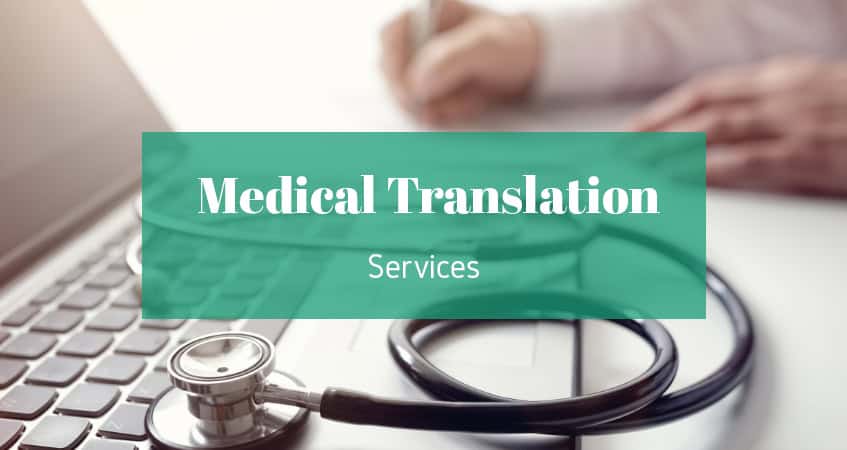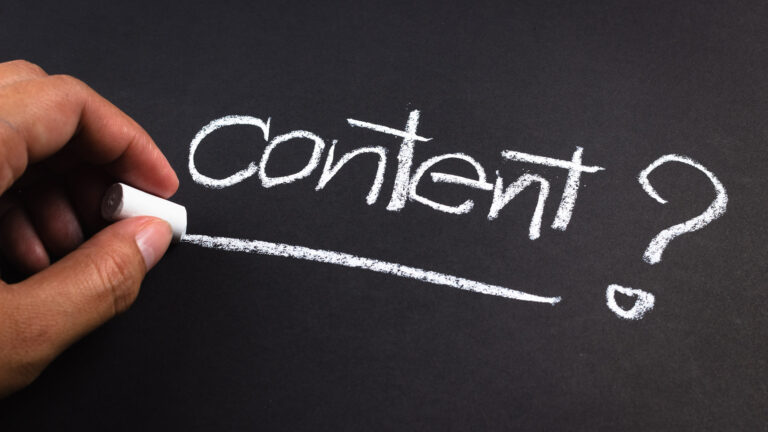In our interconnected world, effective communication in healthcare is crucial, and medical translation plays a key role in bridging language barriers. This specialized field involves translating a variety of medical documents, such as patient records, clinical trial papers, and pharmaceutical information, ensuring accurate understanding for patients of diverse linguistic backgrounds.
Accuracy is paramount in medical translation, as mistranslations can lead to serious consequences like misdiagnosis and improper treatment, jeopardizing patient safety. With the increasing demand for medical translation especially due to global healthcare initiatives and medical tourism, the need for skilled translators is more vital than ever.
This blog will explore the various aspects of medical translation, its challenges, the qualifications of medical translators, and best practices to ensure high-quality translations that uphold patient care standards.
What is Medical Translation?
Medical translation involves the translation of various medical documents, including patient records, research papers, clinical trial documentation, and pharmaceutical information, from one language to another. This specialized field is crucial for ensuring that medical information is accurately conveyed across different languages, enabling effective communication between healthcare providers and patients from diverse linguistic backgrounds.
Importance of Accuracy in Medical Translation
Accuracy in medical translation is of utmost importance due to the potentially life-altering consequences of miscommunication in healthcare settings. Medical information is inherently complex, involving intricate terminology and nuanced instructions that must be conveyed precisely to ensure patient safety.
A single error in translation can lead to misdiagnosis, incorrect medication dosages, or inappropriate treatment plans, which could have dire repercussions for patient health. Furthermore, accurate translations are essential for compliance with regulatory standards, as pharmaceutical companies and healthcare providers must ensure that all documentation meets legal requirements in different countries.
Given the sensitivity of medical data, even minor inaccuracies can undermine trust between patients and healthcare professionals. Therefore, meticulous attention to detail and a deep understanding of both medical terminology and cultural context are crucial for achieving the level of accuracy necessary in medical translation.
Common Types of Documents in Medical Translation
Medical translation encompasses a wide array of document types, each requiring specialized knowledge and terminology:
Patient Records: Documents that include medical histories, discharge summaries, prescriptions, and test results, ensuring healthcare providers understand patient needs.
Clinical Trial Documents: Protocols outlining research methods, informed consent forms for participants, and clinical study reports that detail findings and methodologies.
Pharmaceutical Documents: Essential materials such as drug labels, package inserts, and product information leaflets that inform healthcare providers and patients about medications.
Medical Research Papers: Scholarly articles and studies published in medical journals, require accurate translation for sharing research findings globally.
Medical Device Manuals: Instruction manuals for medical equipment and devices that must be translated to ensure safe and effective use by healthcare professionals.
Why Medical Translation is Essential?
Patient Safety and Care
Accurate medical translation is essential for patient safety. Language barriers can lead to misunderstandings about diagnoses, treatments, and medications. When healthcare providers can effectively communicate with patients who speak different languages, it ensures that patients receive the appropriate care and understand their treatment plans fully.
you can know alot of information about Legal Translation
Regulatory Compliance
For pharmaceutical companies and medical device manufacturers, certified translations are mandatory to meet regulatory requirements in different countries. Accurate translations ensure that products are compliant with local laws, thus facilitating market entry and safeguarding public health.
Global Collaboration in Medicine
Accurate translation supports international medical research and collaboration. As healthcare professionals and researchers from various countries work together, effective communication becomes vital for sharing knowledge and best practices, advancing global health initiatives.
Medical Tourism
In regions like the UAE, where medical tourism is rapidly growing, accurate medical translation is crucial. International patients must be able to understand their treatment options and the terms of care provided to them. Ensuring clear communication fosters trust and improves patient satisfaction.
find more information about Certified Legal Translation Services
Key Challenges in Medical Translation
Complex Medical Terminology
One of the primary challenges in medical translation is the complex terminology involved. Medical translators must have a deep understanding of specialized medical terms that can vary significantly between languages. An inaccurate translation of a single term can lead to severe consequences in patient care.
Cultural Differences
Cultural sensitivities can impact the translation of medical documents. For instance, different cultures may have varying perceptions of health, illness, and treatment, affecting how information is conveyed. Translators must navigate these differences to provide culturally appropriate translations.
Legal and Ethical Considerations
Translating sensitive medical information requires compliance with confidentiality and privacy regulations, such as HIPAA in the United States. Medical translators must ensure that patient information is handled with the utmost care, following local healthcare laws to protect patient rights.
Important Roles for Medical Translators:
Expertise Required
Medical translators typically have a background in both language and medical sciences. This dual expertise ensures they understand the nuances and complexities of medical terminology and concepts, allowing them to provide accurate translations.
Accuracy and Precision
The need for precision in medical translation cannot be overstated. Errors can lead to misunderstandings that affect patient care and safety. Medical translators must pay meticulous attention to detail to prevent any inaccuracies in their translations.
Collaboration with Medical Professionals
Medical translators often work closely with doctors, researchers, and other healthcare professionals. This collaboration helps ensure that translations reflect the intended meaning and context, which is particularly important for clinical documents and patient care materials.
The Best Practices for Accurate Medical Translation
Use of Glossaries and Terminology Databases
Employing specialized glossaries and medical databases is essential for maintaining consistency and accuracy in translations. These resources help translators navigate complex terminology and ensure they use the correct language.
Peer Review and Proofreading
Peer review and proofreading are critical steps in the medical translation process. Having another qualified translator review the document can catch errors and improve the overall quality, especially for critical medical documents.
Compliance with International Standards
Translations must adhere to international medical standards, such as ISO 17100 for translation services. Compliance with these standards ensures that translations meet the necessary quality benchmarks and are suitable for professional use.
The Role of Technology in Medical Translation
CAT Tools (Computer-Assisted Translation)
Computer-assisted translation (CAT) tools enhance the efficiency and accuracy of medical translations. These tools utilize translation memory, which stores previously translated segments, allowing translators to maintain consistency across documents.
Machine Translation and Human Editing
While machine translation technologies have advanced significantly, they still require human oversight, especially for complex medical texts. Human translators are essential to ensure that the nuances of medical language and context are preserved, preventing potential errors that could arise from automated translations.
Telemedicine and Digital Health Services
The rise of telemedicine has increased the demand for real-time, accurate medical translation services. As healthcare providers offer remote consultations to patients worldwide, the need for effective communication across languages has never been more critical.
contact us now for accurate medical translation.







